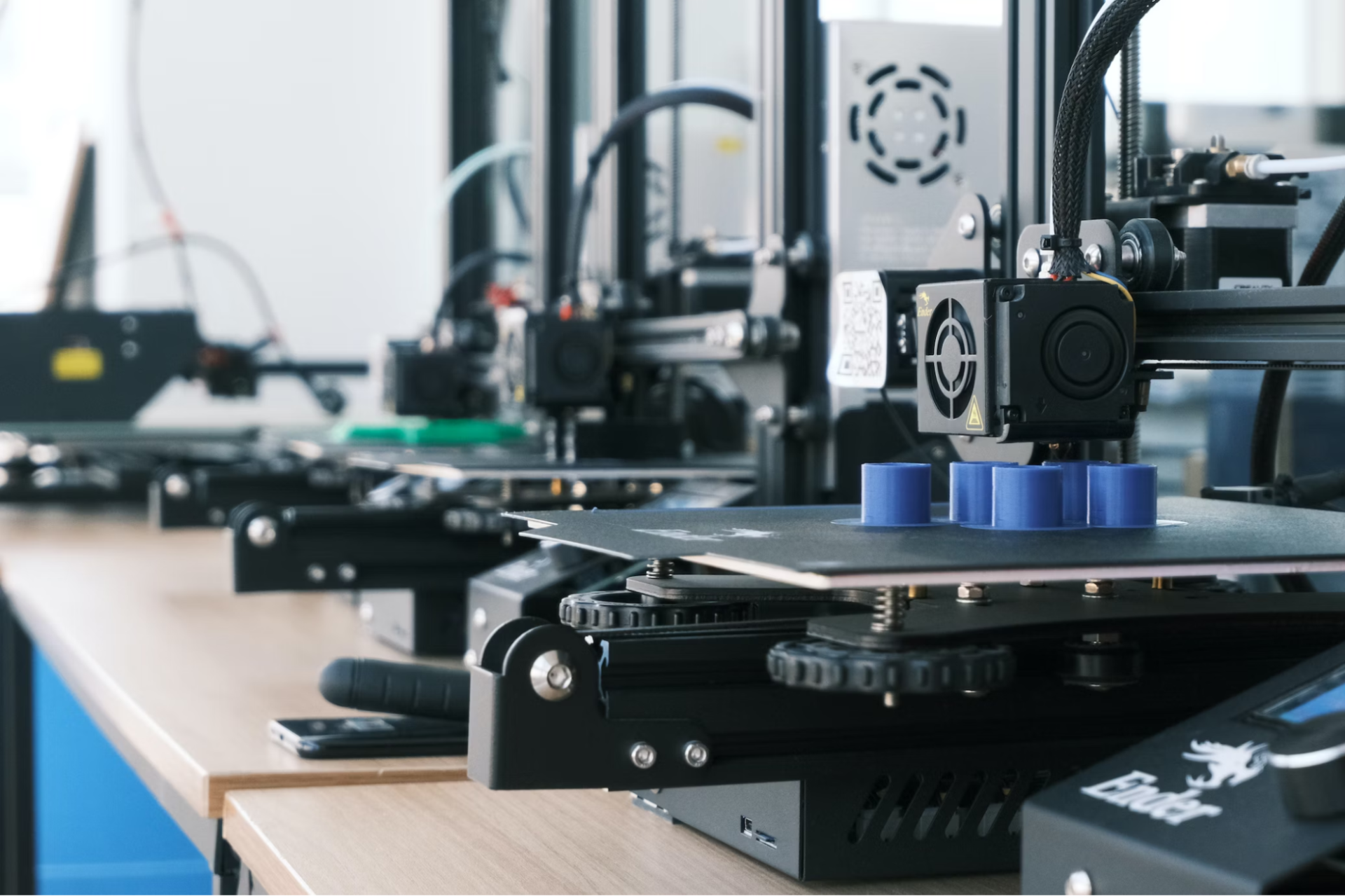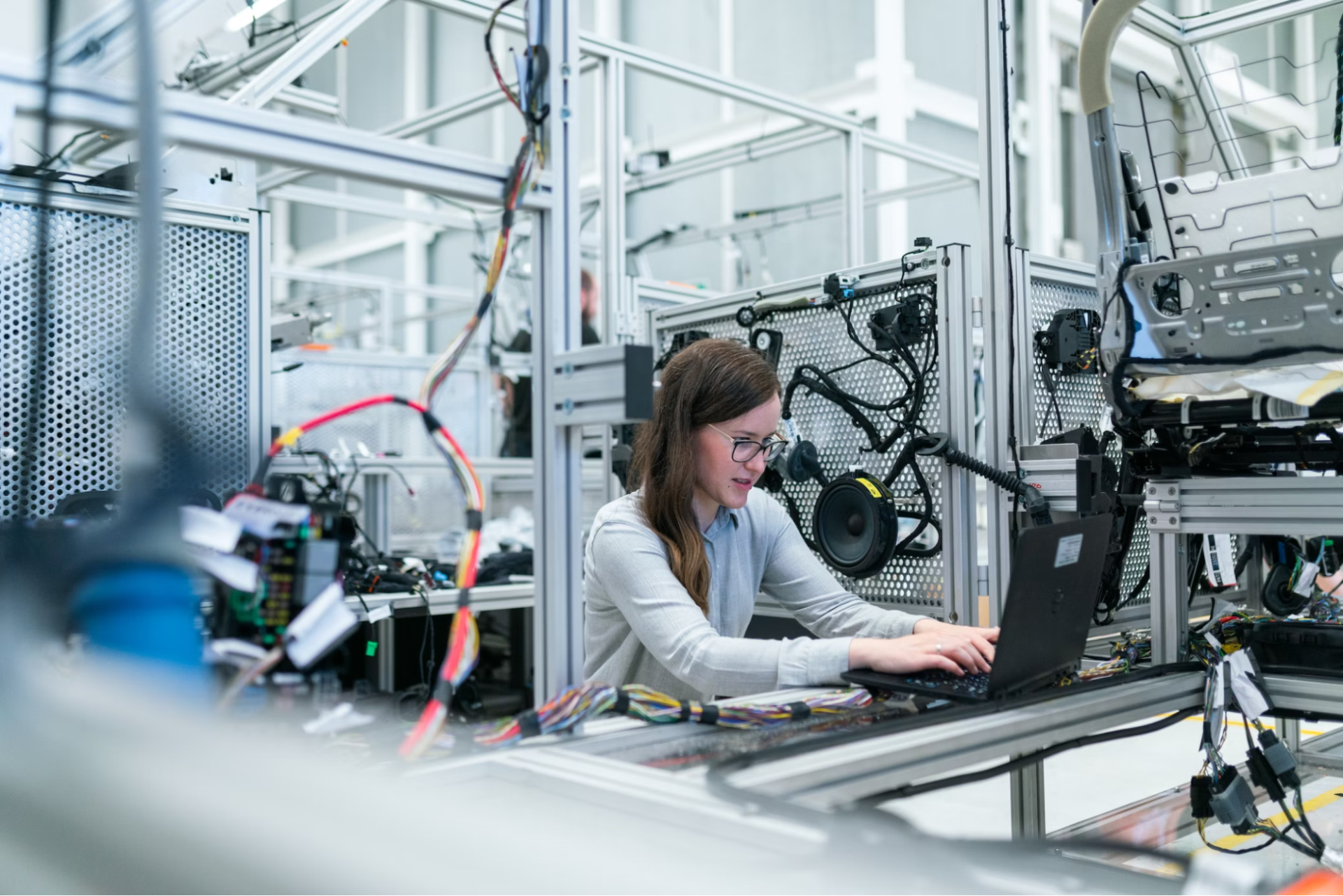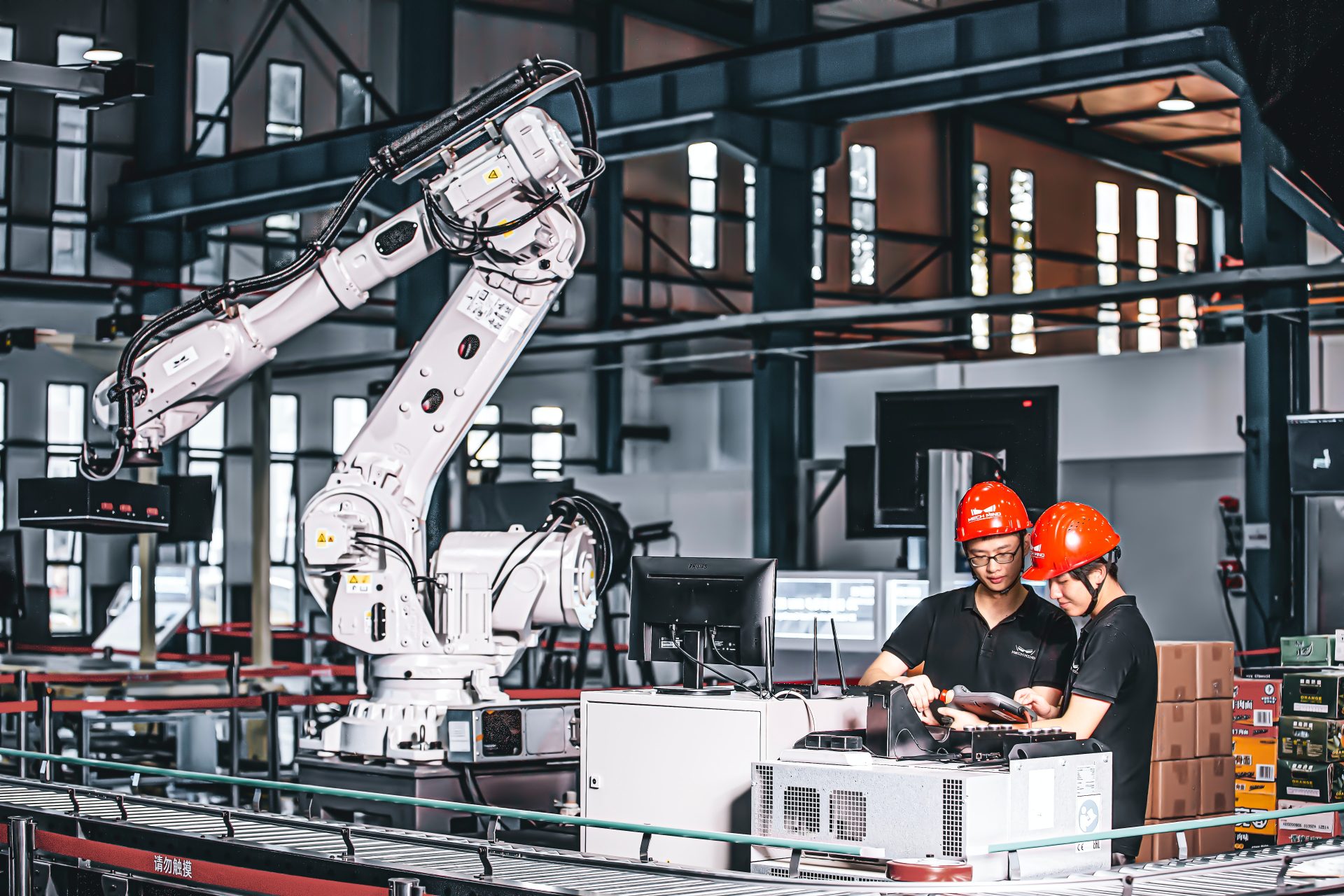The manufacturing realm stands at the threshold of a transformative era, with innovation and technology steering its future. Nevertheless, maximizing manufacturing productivity and efficiency remains at the heart of successful operations. The potential of digital transformation in this sphere is astounding.
According to McKinsey, successful digital shifts have yielded staggering results across various sectors: reductions in machine downtime range between 30% and 50%, throughput has seen boosts of 10% to 30%, labor productivity has improved by 15% to 30%, and forecasting accuracy has skyrocketed by 85%. These figures underscore the immense potential that lies in harnessing innovation for the manufacturing world.
Whether you’re deeply entrenched in the industry or a newcomer, navigating this digital wave and tapping into strategies for enhanced productivity is imperative. In this piece, we’ll delve into five impactful approaches that can chart a course for optimized manufacturing in this exciting era.

Incorporate Rapid Prototyping in Your Manufacturing Process
If there’s one methodology that has revolutionized the early stages of manufacturing, it’s rapid prototyping. Rapid prototyping is the art of swiftly creating a prototype using computer-aided design (CAD). This immediate visual and tangible representation of the final product offers numerous advantages.
By offering a clearer vision of the final product, rapid prototyping reduces the time-to-market. When designers, engineers, and stakeholders have a physical model in hand, they can easily provide feedback and suggestions. This iterative approach allows for quick modifications without going through extensive (and expensive) changes in the later stages of production.
Moreover, it’s a cost-saving strategy. Catching design flaws or inefficiencies early means fewer changes during the mass production phase, reducing waste and conserving resources. Additionally, by refining based on early feedback, the final product quality is often superior, as issues are rectified at the beginning stages.
For optimal results, it’s important to find professional rapid prototyping services, such as 3ERP. With their comprehensive suite of prototyping solutions, they guarantee high-quality prototypes that can seamlessly integrate into and enhance any manufacturing process.
Invest in Advanced Automation Technologies
The Fourth Industrial Revolution, often termed Industry 4.0, has opened the doors to advanced automation technologies. The integration of the Internet of Things (IoT), robotics, and artificial intelligence into the manufacturing floor isn’t just a trend—it’s the future.
Automating operations reduces human errors, ensuring a more consistent output. Moreover, the speed of production often sees a considerable increase. Robotics and automated systems don’t tire, ensuring a 24/7 production capability. Furthermore, with the help of AI and complex robotics, manufacturers can craft intricate and complex products that were once deemed challenging or even impossible.
Regular Training and Skill Development
The manufacturing industry is not a stagnant one. Because new processes, procedures, and technologies appear on a regular basis, it is essential to guarantee that the workforce is not left behind by these developments. According to projections made by the World Economic Forum, by the year 2025, an astounding 50% of all employees will require further training as a result of the proliferation of new technologies.
Consistent training and skill development allow workers to stay ahead of the curve. An informed worker can better adapt to new tools or machinery, reducing the learning curve and downtime associated with new technology integration. Beyond just the technical know-how, a well-trained workforce can identify inefficiencies or even suggest improvements, creating a collaborative environment where everyone is invested in the company’s success.
Implement Lean Manufacturing Principles
Lean manufacturing isn’t just a buzzword—it’s a philosophy that champions continuous improvement. At its core, it’s about evaluating and refining processes to minimize waste and maximize productivity.
A prime example of this is the practice of manufacturing near net shapes in industries like wheel production. This technique, focused on creating components close to their final shape, minimizes material waste and machining time, further enhancing lean principles.
By actively analyzing current operations, manufacturers can identify bottlenecks, redundant processes, or resource-heavy tasks. Streamlining these operations can result in reduced production costs and more rapid production cycles. Over time, this not only saves resources but also improves the overall efficiency of the manufacturing process, ensuring that products reach the market quicker without compromising on quality.
Conduct Regular Maintenance and Upgrades
Every piece of machinery, no matter how advanced, has a lifespan. Regular wear and tear, if unchecked, can result in downtime or, worse, faulty products. This is why consistent maintenance and timely upgrades are non-negotiable in a manufacturing setup.
Regular inspections can highlight potential issues long before they escalate into critical problems. By addressing these concerns promptly, manufacturers can extend their equipment’s operational life, ensuring consistent production quality. Moreover, with technology advancing at a rapid pace, occasional upgrades can boost efficiency, ensuring that the manufacturing floor remains competitive and up-to-date.

Final Thoughts
Manufacturing productivity isn’t just about speed—it’s about efficiently utilizing resources, staying updated with the latest advancements, and maintaining a proactive approach to challenges. By embracing the methods discussed, manufacturers can navigate the dynamic landscape of modern manufacturing, ensuring they remain at the forefront of innovation, efficiency, and quality.
In the ever-evolving world of production, staying stagnant isn’t an option. Embrace change, invest in progress, and the rewards will undoubtedly follow.










